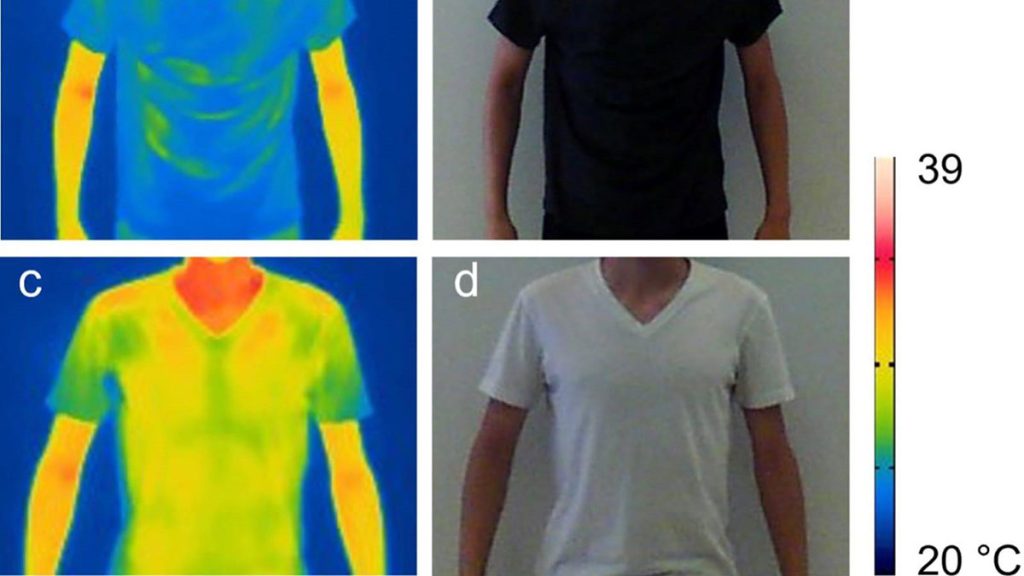An international research team led by Drexel University found that thin coatings of MXene nanomaterials can enhance a material’s ability to trap or shed heat. MXenes, a two dimensional material first discovered at Drexel just over a decade ago, have shown potential for energy storage, chemical filtering and electromagnetic shielding. This latest discovery reveals another use for these versatile 2D materials.
The researchers tested 10 different MXene coatings on textiles. The nanocoatings modulated the passage of infrared radiation, enabling both passive heating and cooling effects. For cooling, the MXene coatings reflected external infrared light from sunlight while allowing body-emitted infrared to pass through.

cooler than an untreated shirt.
“MXene coatings could find applications in both localized thermal management and large-scale radiative heating and cooling systems,” said Yury Gogotsi, PhD, Distinguished University and Charles T. and Ruth M. Bach Professor. “There are significant advantages with passive infrared heating/cooling over traditional active systems requiring electrical power.”
Beyond clothing, the infrared-blocking properties of MXenes could also enable thermal camouflage or infrared-readable radio frequency identification. After over a decade of materials research, MXenes continue to demonstrate new capabilities. This discovery expands the potential applications of these thin, lightweight and flexible nanocoatings.

